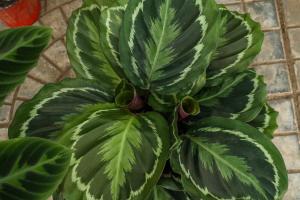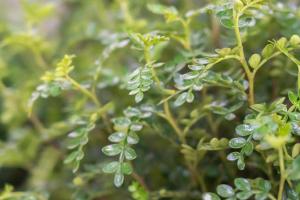Introduction
Potted plants require irrigation to maintain their health and vitality. A well-designed irrigation system can help to avoid the pitfalls of over or underwatering, while also reducing the amount of time and effort required to care for your plants. This article outlines the steps required to make an effective irrigation system for your potted plants.
Materials required
The following materials are required for this project:
Watering can or hose
Timer or regulator
Drip tubing
Connectors and fittings
Emitters or sprinklers
Support stakes
Preparation
Before you begin, it is important to assess your plants' individual irrigation needs. Factors such as plant type, size, and location can all affect how much water your plants require. Research your individual plants to determine the appropriate amount of water they require, and take note of any special instructions or considerations.
Installation
1. Begin by connecting the drip tubing to your water source. If you are using a hose instead of a water source, attach the hose to the regulator or timer.
2. Install the emitters or sprinklers at varying intervals along the drip tubing, depending on the specific needs of your plants. Be sure to adjust the flow rate of each emitter or sprinkler to match the plants' individual requirements.
3. Stabilize the drip tubing with support stakes to prevent it from becoming entangled or damaged.
4. Connect the drip tubing to each potted plant using the appropriate connectors and fittings. Be sure to carefully match the connectors and fittings to the size and type of tubing you are using.
5. Adjust the timer or regulator to control the frequency and duration of irrigation. Be sure to follow the specific instructions provided with your device to ensure optimal performance.
Maintenance
1. Regularly check the drip tubing and emitters/sprinklers for damage or blockages, and replace or clean as necessary.
2. Adjust the timer or regulator as necessary to accommodate changes in weather, season, or plant growth.
3. Monitor the plants' health and adjust the irrigation system as necessary to ensure optimal growing conditions.
Conclusion
By following these steps, you can create an irrigation system that will help your potted plants thrive. With minimal effort, you can provide your plants with the precise amount of water they need to stay healthy and vibrant, while also freeing up time and energy for other gardening tasks.

 how many times do yo...
how many times do yo... how many planted tre...
how many planted tre... how many pine trees ...
how many pine trees ... how many pecan trees...
how many pecan trees... how many plants comp...
how many plants comp... how many plants can ...
how many plants can ... how many plants and ...
how many plants and ... how many pepper plan...
how many pepper plan...
































